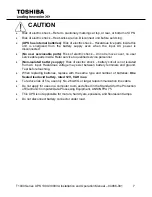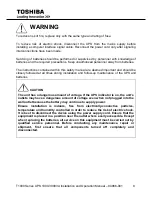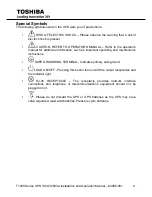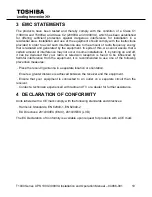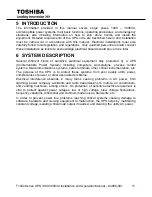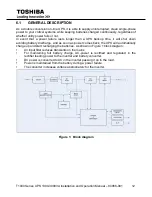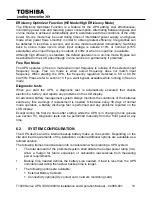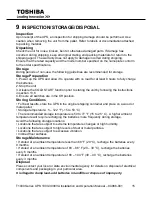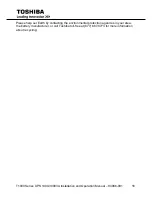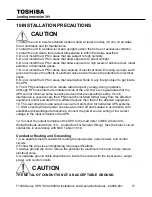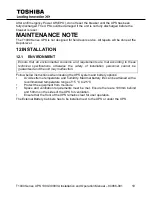
T1000 Series UPS 1000-3000VA Installation and Operation Manual
– 94086-001
4
2 IMPORTANT SAFETY INSTRUCTIONS
SAVE THESE INSTRUCTIONS - This manual contains important instructions that
should be followed during the installation, maintenance, and operation of the UPS and
its batteries to assure safe and proper operation.
Adhere to all national and local electrical codes.
Turn off, lockout, and tag-out all power sources before connecting the power
wiring to the equipment or when performing maintenance.
Hardwire type UPS units are not equipped with an over-current protection
device, nor do they have an output disconnect for the ac output. Therefore, a
user-installed circuit breaker should be provided between the UPS output and
the load input.
This UPS is intended for indoor use only.
The maximum ambient operating temperature is 104° F (40° C).
This UPS should be installed away from direct sunlight, moisture, dust, extreme
temperatures, flammable liquid, and conductive contaminants.
Make sure air vents on the UPS are not blocked. Allow adequate space for
proper ventilation.
The equipment is heavy. Always practice safe lifting procedures adequate for
the weight of the equipment.
Install battery modules/cabinets at the bottom in rackmount configurations. The
UPS is to be installed above the battery modules/cabinets.
Battery servicing should be performed by a qualified Toshiba Representative
only.
Unauthorized personnel should not service batteries.
Contact your nearest Toshiba authorized service center for battery
replacement.
Qualified Personnel ONLY!
Qualified Personnel
is one that has the skills and knowledge relating to the construction,
installation, operation, and maintenance of the electrical equipment and has received
safety training on the hazards involved (Refer to the latest edition of NFPA 70E for
additional safety requirements).
For further information on workplace safety visit www.osha.gov
.
Qualified Personnel shall
:
1)
Have read the entire operation manual.
2)
Be trained and authorized to safely energize, de-energize, ground, lockout and
tag circuits and equipment, and clear faults in accordance with established
safety practices.

















